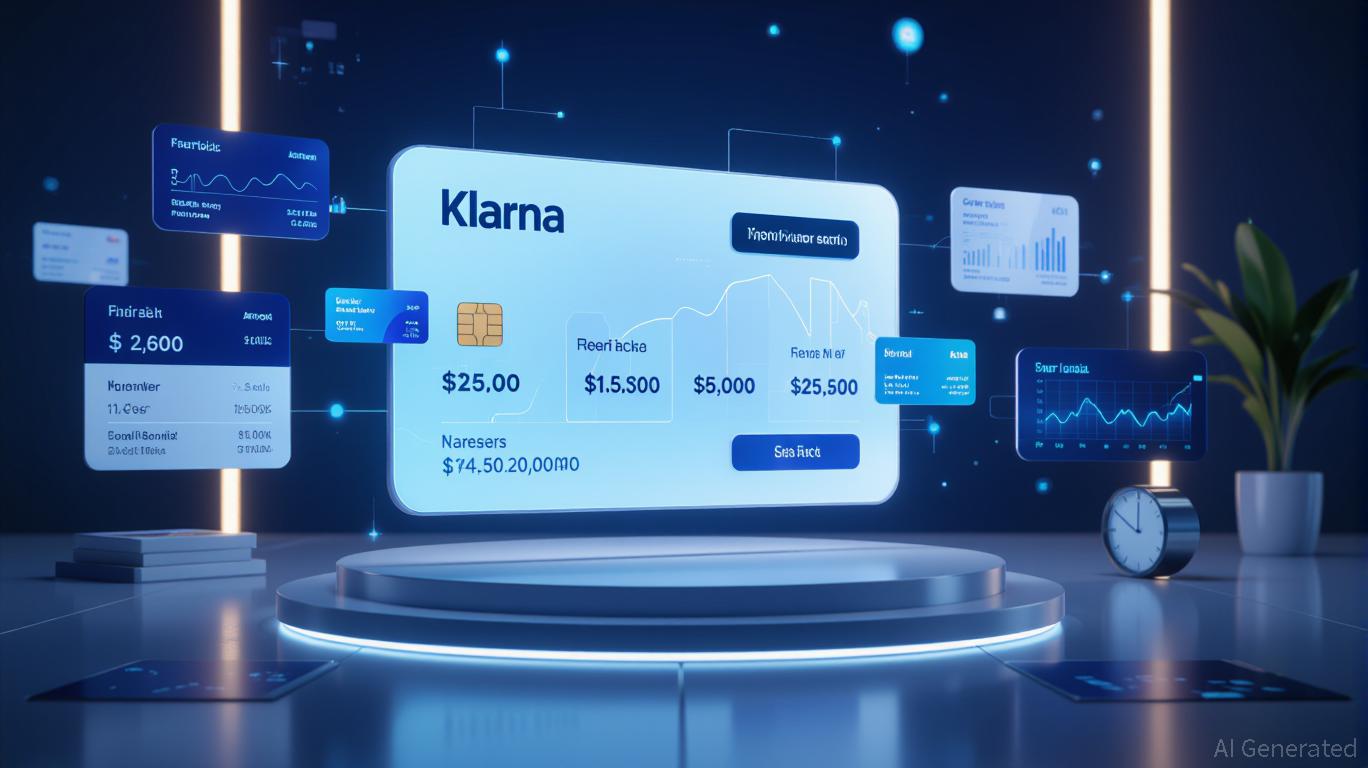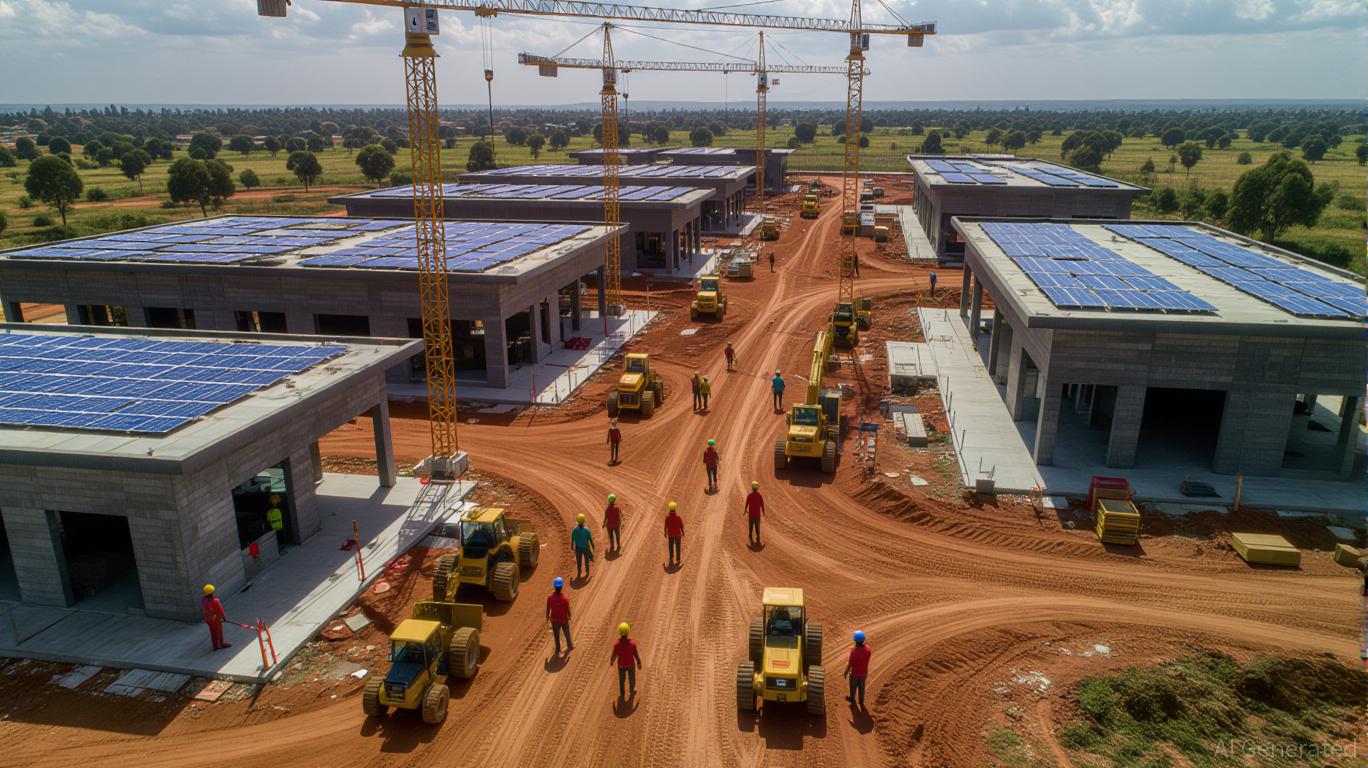AInvest Newsletter
Daily stocks & crypto headlines, free to your inbox
The cryptocurrency market’s volatility has long been a double-edged sword for investors—opportunity masked by risk. Bitcoin, the largest digital asset, has seen price swings of over 50% in a single year, making traditional forecasting tools like technical analysis or passive "buy-and-hold" strategies inadequate. Enter artificial intelligence (AI): a disruptive force now reshaping how institutions and traders predict Bitcoin’s price trajectory. By integrating sentiment analysis, macroeconomic indicators, and advanced neural networks, AI is not just improving accuracy—it’s enabling investors to capitalize on emerging trends in real time. Here’s why 2025 is the year to prioritize AI-driven insights.
For years, investors relied on historical price patterns (e.g., moving averages, RSI) or macroeconomic correlations (e.g., interest rates) to predict Bitcoin’s moves. These methods faltered during Black Swan events like the 2022 bear market, where Bitcoin plummeted 70% due to systemic risks (e.g., Terra’s collapse, FTX scandal) that traditional models couldn’t anticipate.
The Western Galilee Academic College study (2024) underscores this gap: a Buy-and-Hold (B&H) strategy returned just 223% from 2018–2024, while an AI-driven ensemble of neural networks (LSTM, GRU) delivered 1,640%—7.4x higher returns—by dynamically adjusting to volatility. The key differentiator? AI’s ability to process unstructured data in real time.

AI’s edge lies in its fusion of sentiment analysis and macroeconomic modeling:
The 7-day rolling average of Bitcoin-related searches weighted at 20% in AI decision-making algorithms, helping traders anticipate speculative buying or panic selling.
Macro-Market Linkages:
The same AI tools driving predictive accuracy are accelerating Bitcoin’s institutional adoption. Key trends in 2024–2025 include:
Critics argue AI faces hurdles like data noise (e.g., social media misinformation) and overfitting (relying too heavily on past patterns). Yet the Western Galilee study demonstrates that ensemble models (combining LSTM, GRU, and technical indicators) reduce overfitting by 30%, while rolling-window training adapts to new data. Institutions like BlackRock now use on-chain analytics (e.g., UTXO age, Gini coefficients) to validate AI predictions—a hybrid approach that minimizes error.
Bitcoin’s price is at a critical juncture. The Amberdata report shows mid-tier holders (100–1,000 BTC) expanded their share to 23.07% in April 2025, suggesting a broadening investor base. Meanwhile, AI models predict a 63% probability of Bitcoin surpassing $100K by Q4 2025, driven by ETF inflows, regulatory clarity, and the Strategic Reserve’s $1.5B annual purchases.
Bitcoin’s volatility isn’t going away—nor is its potential. To thrive, investors must abandon outdated tools and adopt AI-driven strategies that:
- Parse sentiment in real time, avoiding emotional traps.
- Anticipate macro shifts, like regulatory changes or inflation spikes.
- Optimize risk, using dynamic exposure adjustments to minimize drawdowns.
The data is clear: AI isn’t just a supplement—it’s the new foundation of Bitcoin investing. Those who ignore it risk being left behind in a market where algorithms now set the pace.
Act fast. The future of Bitcoin belongs to those who see it first.
This article is for informational purposes only and should not be construed as financial advice.
Tracking the pulse of global finance, one headline at a time.

Sep.11 2025

Sep.11 2025

Sep.11 2025

Sep.11 2025

Sep.11 2025
By continuing, I agree to the
Market Data Terms of Service and Privacy Statement
Daily stocks & crypto headlines, free to your inbox
Comments
No comments yet